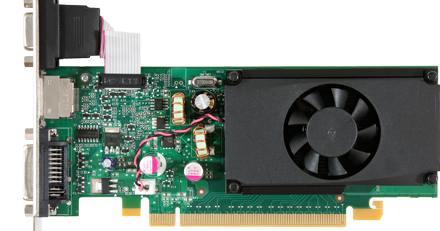

Once the XPS Viewer is downloaded, you can open it via the Start Menu by pressing the Windows key, typing “XPS Viewer” and hitting enter. Find the “XPS Viewer” in the list, tick the relevant checkbox, then click install. Tick the relevant checkbox and click “Install” to start downloading the feature. Use the search function or scroll to the bottom of the alphabetically sorted list to find “XPS Viewer”. To add XPS Viewer, click on the “Add a feature” button in the top-left corner. If the XPS Viewer feature is not installed, you need to click the “Add a feature” button in the top-left corner. If the list of installed features includes “XPS Viewer” then the viewer is already installed. Press the Windows key, type “Manage optional features” and hit enter, to open the Settings app to the right page. You can open the Settings app to the right page by pressing the Windows key, typing “Manage optional features” and hitting enter.
#WINDOWS 10 NVIEW INSTALL#
To install the XPS viewer, you need to add the feature via the Settings app. There is a way to manually re-install the XPS viewer though. If you’re one of the people that still has to or wants to use the XPS format, then this would be quite annoying.
#WINDOWS 10 NVIEW WINDOWS 10#
With the Windows 10 April 2018 update, the default XPS file viewer was removed from new installations, although it was not removed from computers that updated from any previous version of Windows 10. Although it’s possible to uninstall Microsoft Store and certain other apps, such as Cortana, Microsoft Edge (Insider), Store, Xbox, and many others, some apps are locked, and you won’t be able to remove them.The XPS format never really took off however and has slowly been abandoned by Microsoft. You can then use the information to remove the app using these steps. This example queries any app that has the word “edge” in the name: Get-AppxPackage –Name *edge*Īfter you complete the steps, PowerShell will generate a list of apps that contains the part of the name you specified. The asterisk is a wildcard to list every app containing the part of the name you specified. In the command, replace *PARTIAL-APP-NAME* for the partial name of the app, you want to check. Type the following command to view a list of installed apps and press Enter: Get-AppxPackage –Name *PARTIAL-APP-NAME* To search if an app is installed with PowerShell, use these steps: If the list is too long, you can perform a query to list apps that match the name or part of the name. Once you complete the steps, you’ll see a list with all the Microsoft Store apps installed on Windows 10. (Optional) Type the following command to view all the apps with details and press Enter: Get-AppxPackage –AllUsers Type the following command to view a list of installed apps and press Enter: Get-AppxPackage –AllUsers | Select Name, PackageFullName Search for PowerShell, right-click the top result and click the Run as administrator option. To view a list of all installed apps with PowerShell, use these steps:


 0 kommentar(er)
0 kommentar(er)
